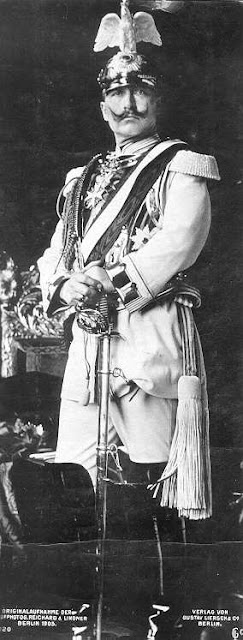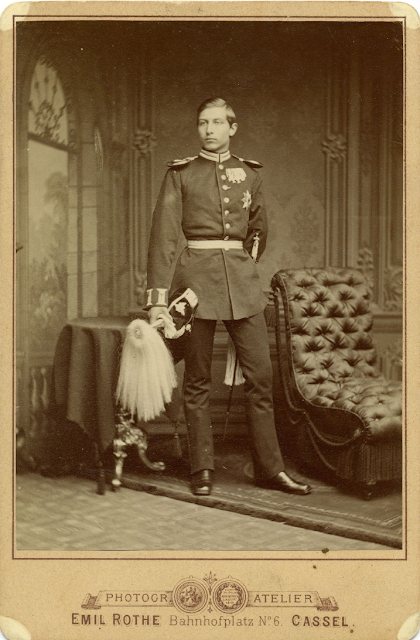 | |
| By Unknown engraver - Google Books, Public Domain, https://commons.wikimedia.org/w/index.php?curid=25372958 |
Over the last few posts, I have discussed historical figures who happened to be disabled. Another factor uniting them all was that they were the leaders of their countries or empires. So, this week I have decided to mix it up a bit. I present to you the tale of William Hay.
Who was William Hay?
William Hay (1695-1755) was an English politician who served as a member of Parliament for Seaford, in East Sussex. Hay had a difficult upbringing, losing his father the same year he was born, while also losing his mother and grandparents before he turned six. He was taken in by his aunt and went on to matriculate from Christ Church, Oxford, when he was sixteen. He was then admitted to the bar, however, disaster struck! While studying, he contracted smallpox, which not only disfigured his face, but also seriously damaged his sight. This was not the only thing which made him stand out physically. He was described as several centimetres short of five feet tall and was also hunchbacked.
These defects did not prevent him from holding several judicial positions and eventually being elected to the House of Commons in 1734, where he remained until his death. (I assume they let him out occasionally). During his time there, he introduced bills to aid in the relief and employment of the poor. He also held the position of 'keeper of records in the Tower' (of London). I think it is fair to say that he had a successful career.
His Attitude Towards Disability
So, William Hay was a hunchbacked dwarf who was a member of parliament in the 1700s. Interesting, but is that enough to warrant an entire post on him? I don’t think so. It is one of his written works which is the fascination. In 1754, Hay wrote Deformity: An Essay, describing what it was like living as a disabled person in 18th Century England. This book is historically significant as very rarely do we get a personal account of what living with a disability was like. Usually we hear about disabled people from someone else’s perspective, so it is tricky to establish the truth.
Throughout the book, Hay emphasises the challenges he faces due to his height. He states that he avoids crowds for fear of receiving an elbow to the back, or even being trampled on. Amusingly, he even refers to instances when the person walking alongside him has accidentally knocked the hat off his head. Hay also takes it upon himself to advise other ‘deformed’ people on how to live their lives. Some of which is quite good. For instance, if someone is incapable of work that requires plenty of physical activity, e.g. joining the army, they should instead focus on jobs of the mind, e.g. playwright, poet, writer, adviser etc. Sounds like good advice to me!
However, some of his advice was not so good. He felt that ‘deformed’ people should dress in plain cloths, and avoid gathering in groups, so as not to look more ridiculous than they already were. He also suggested that being ugly was a good thing, as beautiful mythological people such as Narcissis were driven demented by their looks. So inspiring!
Hero or Villain?
As you can probably tell at this point, William Hay is a challenging role model for people with disabilities. On the one hand he managed to have a successful political career and publish a book about his life with a disability. While on the other hand, he held views regarding disabled people that would be deemed unacceptable today. One issue that some modern disability activists have with Hay is that he uses self-deprecating humour to try to fit in with his peer group. It is felt that disabled people should not have to belittle themselves to be accepted. However, I disagree. I feel a sense of humour is important when trying to ingratiate oneself into a group, regardless of disability.
As Hay was living in the 18th Century, he had to act differently to how we would expect him to act now. Back then, physical difference was amusing. In fact, it had been for hundreds, if not thousands of years. There are several theories as to why this was. One which I particularly like is Simon Dickie’s suggestion, referenced in Lund’s article, that by laughing at the deformities of others, it helped relieve people’s fears about their own bodies’ inevitable decay.
While his views are not politically correct today, I think William Hay can still be seen as a disabled role model, for everything he achieved in his lifetime.
If you want to learn more about William Hay, I recommend you listen to the BBC's 'Disability: A New History' episode on him. I have included the link in the Further Reading below.
To keep up to date with my latest blog posts, you can like my Facebook page, or follow me on Twitter. You can find them by clicking the relevant icons in the sidebar.
Next week I will examine what can go wrong when royal families intermarry.
The Wheelchair Historian
Further Reading
Adelson, Betty M., The Lives of Dwarfs: Their Journey From Public Curiosity Toward Social Liberation. (Rutgers University Press, 2005). pp. 60–1.
BBC, Disability: A New History, Episode 5: Finding a Voice https://www.bbc.co.uk/sounds/play/b01snxyf Accessed: 11 September 2020.
Brooke, John, "Hay, William (1695–1755), of Glyndebourne, Suss". History of Parliament Online (1754-1790). Accessed: 11 September 2020.
Cruickshanks, Eveline, "HAY, William (1695-1755), of Glyndebourne, Suss". History of Parliament Online (1715-1754). Accessed: 24 August 2020.
Hay, William, Deformity: an Essay, Volume 1 (London, 1754), Google Books.
Lund, Roger. “Laughing at Cripples: Ridicule, Deformity and the Argument from Design.” Eighteenth-Century Studies, vol. 39, no. 1, 2005, pp. 91–114. JSTOR, www.jstor.org/stable/30053590. Accessed 11 September 2020.
Podewils, Karla, (ed. Markle, Bradley), ‘Hay’s DEFORMITY, AN ESSAY’ Enlightenment and Disability, https://enlightanddis.wordpress.com/spectacles-of-deviance/physical-deformity/william-hay-deformity-an-essay/ Accessed: 11 September 2020.
Taylor, Stephen, Hay, William (1695–1755) https://doi.org/10.1093/ref:odnb/12739 Accessed: 11 September 2020.



